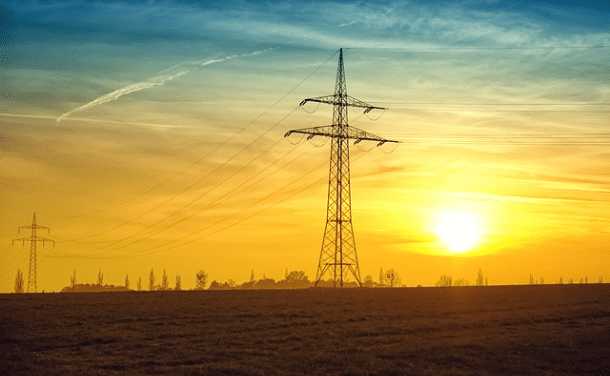States and territories must take the lead on energy policy because the federal government has failed.
That’s the verdict of a new Grattan Institute report. The report claims states must now take independent action and also work together to provide affordable, reliable and low emissions electricity.
This state energy policy lead will then fill the “policy vacuum” left after the Coalition’s failure to introduce the National Energy Guarantee (NEG).
State energy policy lead means security and lower prices
The COAG Energy Council agreed to work towards greater energy reliability when members met in October.

Energy Minister Angus Taylor addressed the meeting for the first time. According to Taylor, an integrated national approach to energy is needed.
Prime Minister Scott Morrison has dubbed Angus Taylor “the minister for getting electricity prices down”.
However, the Grattan Institute’s State Orange Book 2018 says energy state ministers are instrumental in bringing down prices.
They should therefore work with national government to help consumers navigate a confusing retail market.
State energy policy like Victoria’s Solar Homes lead the way
One example is the Victorian Solar Homes scheme. This gives eligible applicants half the cost of their solar installation back, capped at $2,225. Ten thousand Victorian homeowners will receive half-price rebates on their solar panels.
The grid will receive 40 MW of new solar energy generation if 10,000 homeowners install standard 4 kW solar power systems.
The Andrews Labor Government in Victoria will also provide half-price solar batteries for 10,000 households if re-elected this month.
States and territories create their own renewable schemes
In another example of a state energy policy initiative, the South Australian Home Battery Scheme is also open for business. State residents can now apply for energy storage grants of up to $6,000.
Meanwhile, a Climate Council report shows more solar PV capacity was added worldwide in 2017 than coal, natural gas and nuclear put together.
Tasmania also reached more than 87 per cent share of renewable energy in 2017. This included their major hydroelectricity resources.
Tasmania, ACT and South Australia are leading the renewable charge, the report shows. Western Australia and Northern Territory are trailing behind.













































